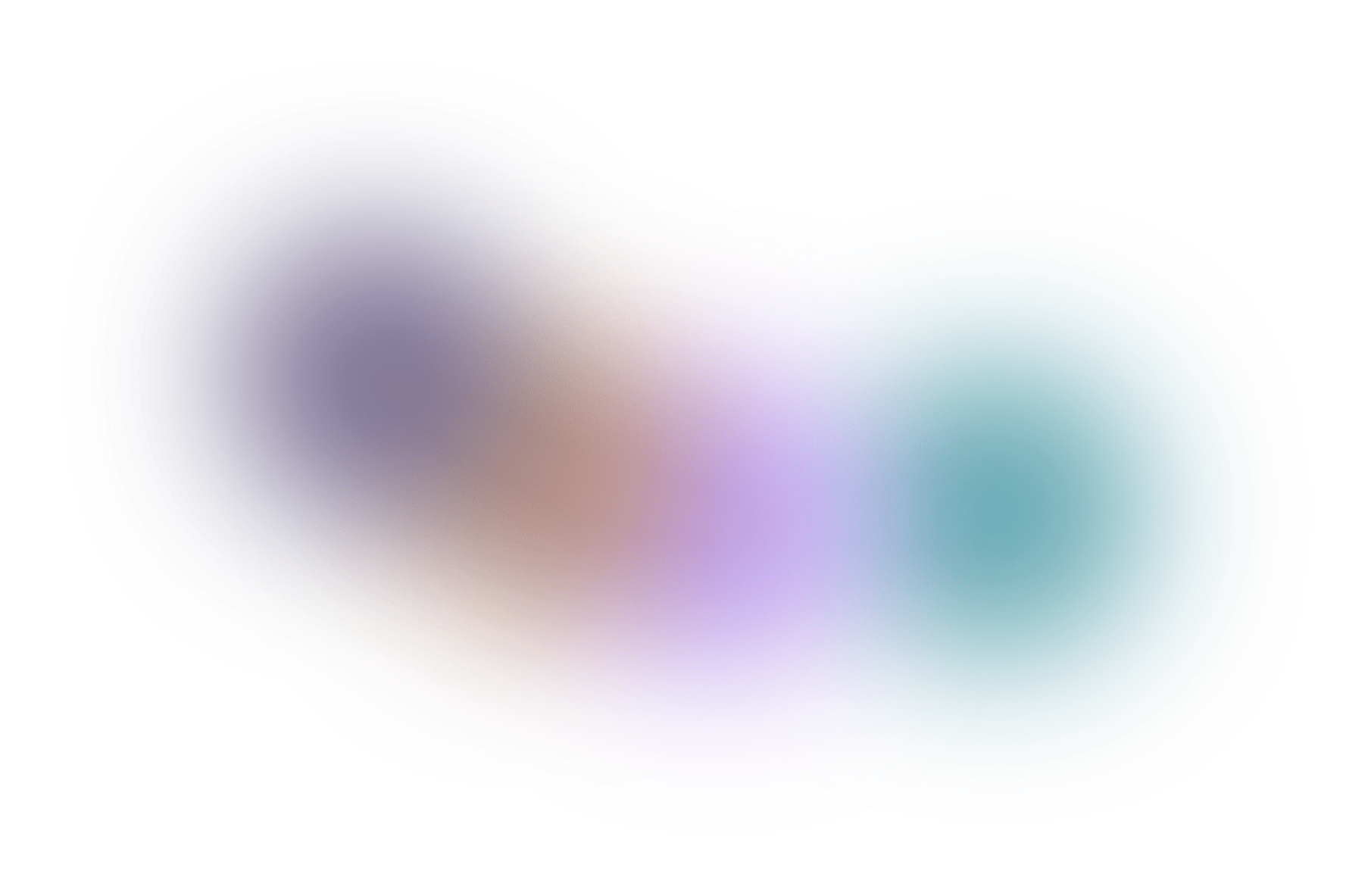
NEWLearn To Control Your Brain Waves And Nervous System
Flow State Training ⚡️
Learn techniques for changing your state of consciousness on command and start to control your mental state so you can sharpen your focus, tap into flow states and access effortless states of deep rest.

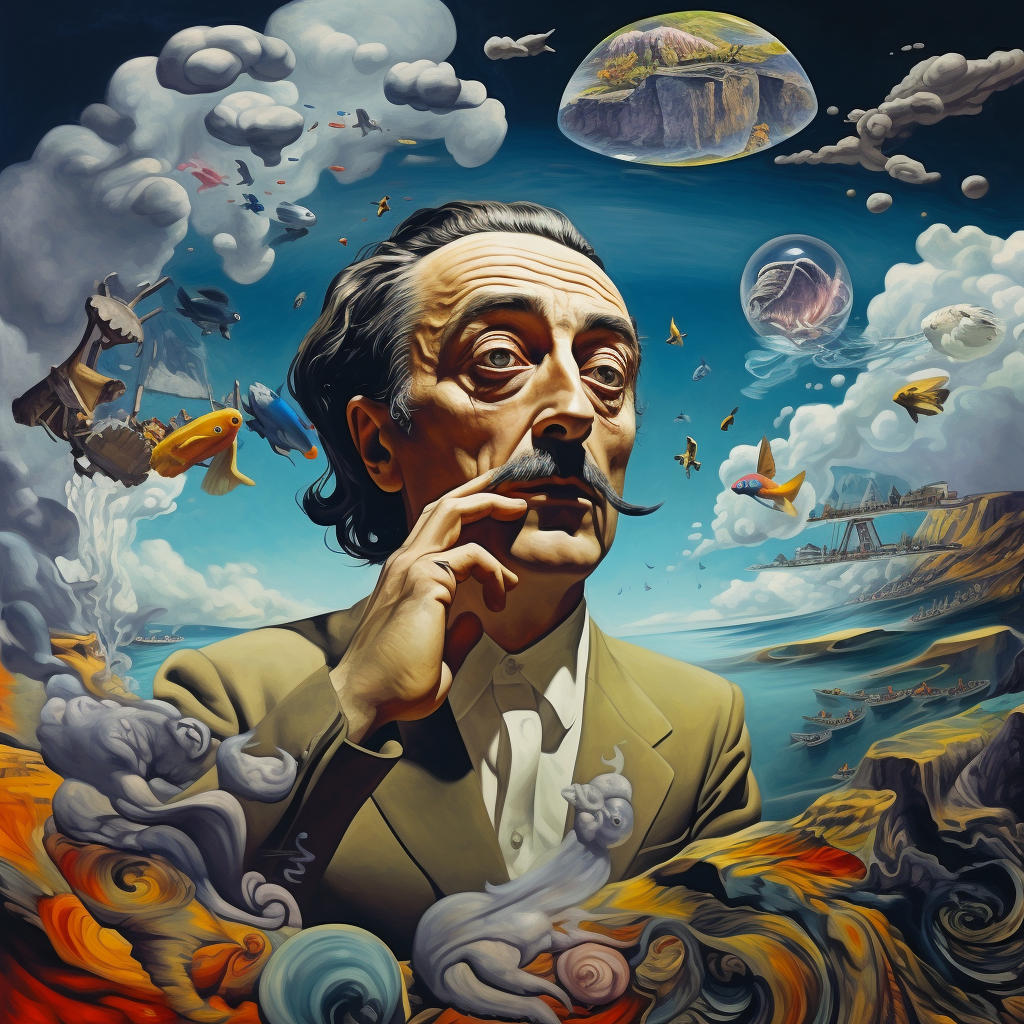
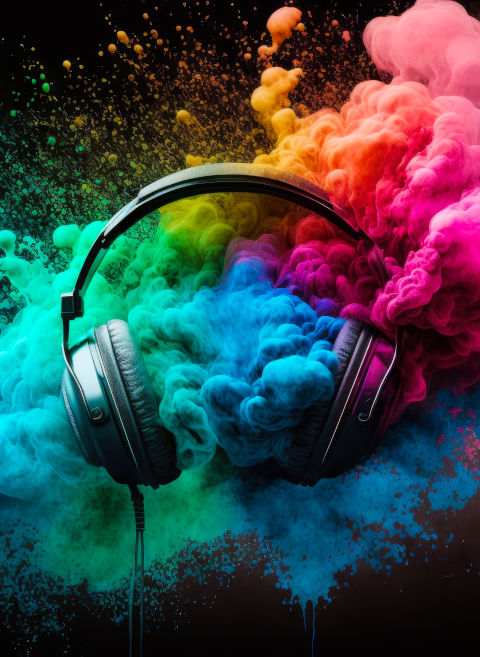


Shift Your Mental State
Make focus and flowyour superpower
We're passionate about empowering creatives with the tools they need to bring their vision to life. That's why I've created Flow State Training to make it easier to access altered states that enhance creativity and imagination.
It is a digital collection of binaural beats, isochronic tones, guided breathwork sessions and guided meditations for actively exploring altered states of consciousness and accessing different brainwave states.
Here's how Flow State Training can enhance each step of the 4-part Flow Cycle for accessing the flow state in your creative process:
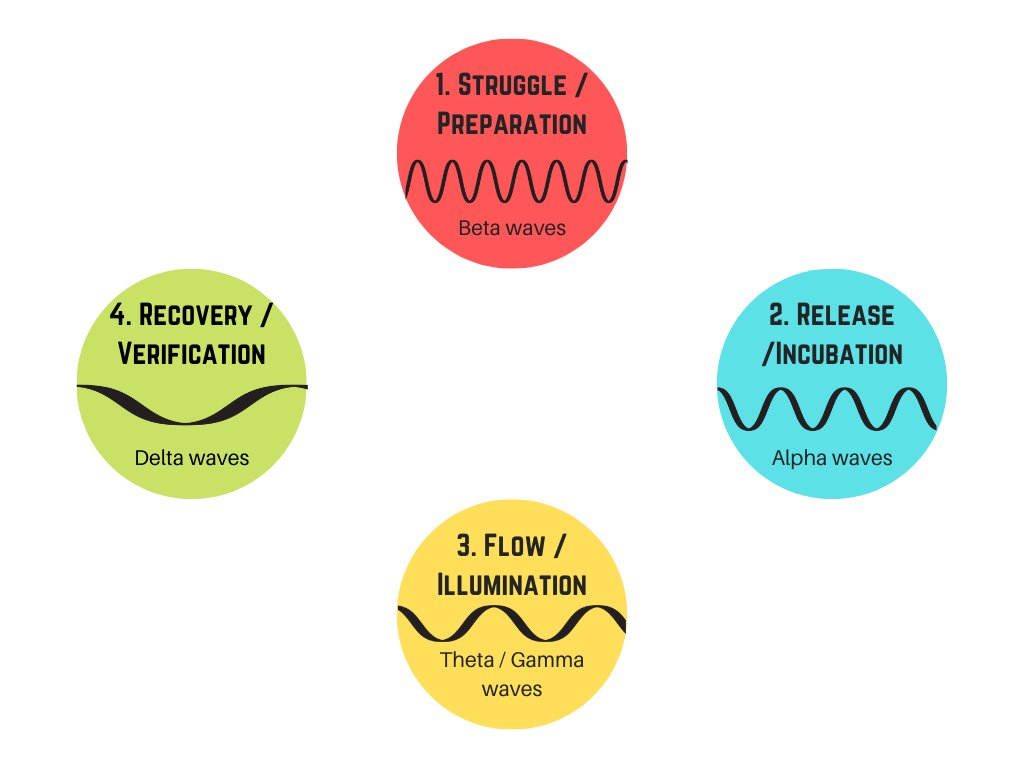
1. Struggle
Preparation (Beta Waves)
This first phase of the Flow cycle involves creating the optimal conditions for a single point of focus on a creativity activity.
For this, we use a combination of visualization, breathwork and meditation to prime the mind and body for a relaxed state of focus that can be sustained through the resistance that comes up when we’re pushing beyond our comfort zone.
2. Release
Incubation (Alpha Waves)
The second phase involves taking your attention off the problem so it can incubate in your subconscious.
For this, you want to prime your subconscious mind and then step away from your creative work. You want to be in a relaxed state where you can enhance your ability for free-flowing insight, intuition and imagination.
3. Flow
Illumination (Theta/Gamma Waves)
The third phase is the flow state where your mind becomes fully engaged and each action flows effortlessly into the next to the point that you lose track of time.
For this, brainwave entrainment music is excellent for both entering the flow state and sustaining your absorption in flow for longer periods of time. Flow is a state of illumination that comes when we are doing meaningful and challenging activities that push us into new territory of insight and skill.
4. Recovery
Verification (Delta Waves)
Finally, the last phase is crucially important to consistently achieve flow because a flow state uses a cocktail of your 5 most potent neurotransmitters. This means you must rest, recharge and reconnect to replenish your mind and body.
For this, the practice of deep rest, brainwave entrainment music and meditations that allow you to get into theta and delta states can help to speed your recovery and deepen the neural connections that come with new ideas, insights and learning.
What's Included In Flow State Training:

Beta Waves (12 - 30 Hz)
1. Relaxed Focus
Tap into the slower beta brain waves that make it easier to pay attention to a single point of focus.
Get the Laser Focus Protocol to create the optimal environment for deep work
Access SMR Waves (12 - 15 Hz) to reduce distractibility and impulsivity.

Alpha Waves (8 - 12 Hz)
2. Creative Flow
Tap into a relaxed state of alpha brain waves to release from constantly thinking into flow.
Get the Creative Flow Protocol for idea incubation and mental release from analytical thinking
Learn how to tap into stillness and quiet the mind with Heart Coherence Meditation

Theta Waves (4 - 8 Hz)
3. Liminal Dreaming
Tap into effortless states of relaxation and dreamlike liminal states.
Learn the Edison Dali Method for using hypnagogia for creative problem solving
Tap into the liminal state just after you wake up for dream play and enhance dream recall

Delta Waves (0.5 - 4 Hz)
4. Deep Rest
Tap into delta waves for deep states of peace and tranquillity.
Replay sleep debt with a series of guided Non-Sleep Deep Rest (NSDR) practices
Use NSDR to enter dream states during your afternoon naps

Gamma Waves (30 - 40 Hz)
5. Hyperfocus
Tap into gamma brain waves for peak states of hyperfocus and insight.
Overcome procrastination and lack of focus on off-days with gamma induced hyperfocus
Philosophical chillstep collection for inspiration and walking meditations
Control Your Mental State
Choose the brainwave state you want and then get audio-driven practices to tap into it.
Meditation Music
Guided Breathwork
Binaural Beats
Creative Visualization
Isochronic Tones
Solfeggio Frequencies
Non-Sleep Deep Rest (NDSR)
Philosophical Chillstep
Meditation Music
Guided Breathwork
Binaural Beats
Creative Visualization
Isochronic Tones
Solfeggio Frequencies
Non-Sleep Deep Rest (NDSR)
Philosophical Chillstep
Bonuses For Better Focus, Energy And Mood
Boost performance with 2 mini-courses
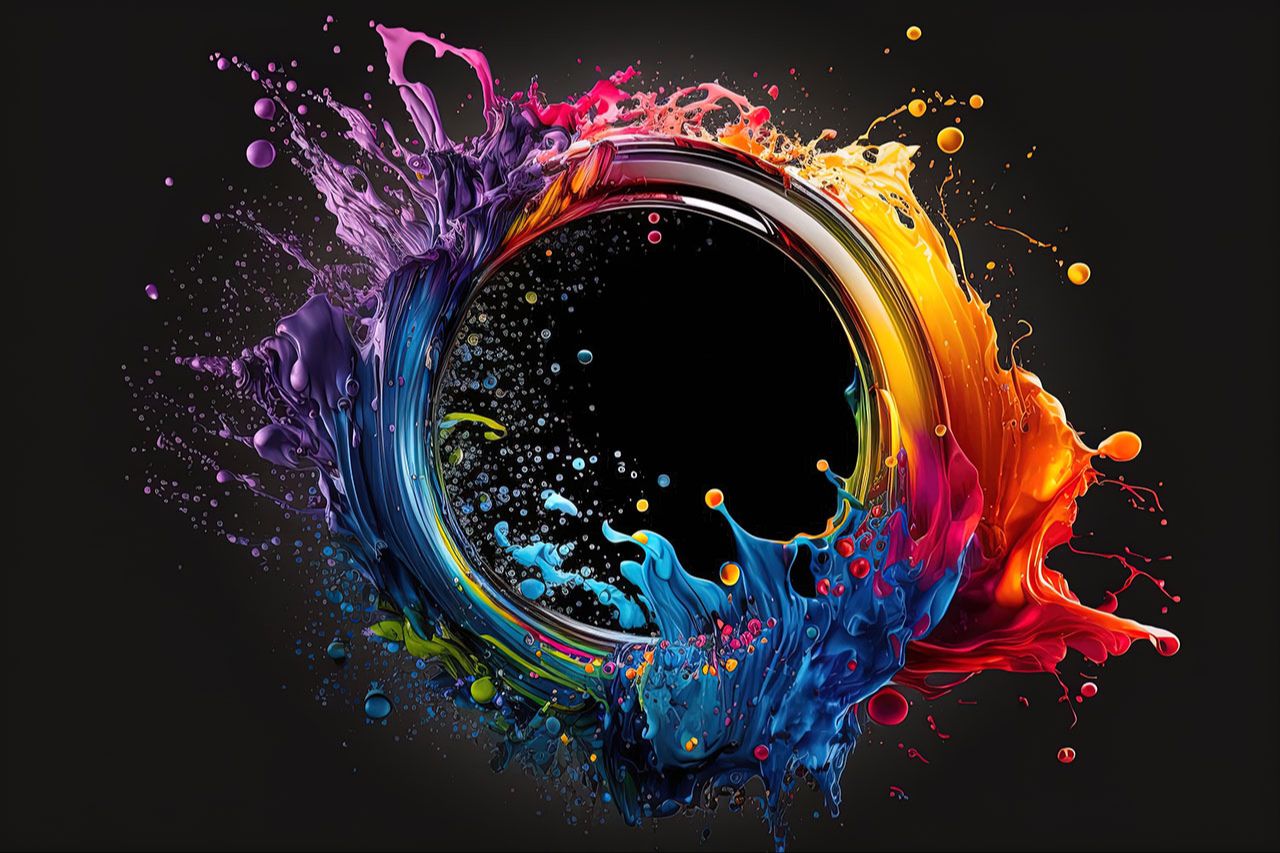
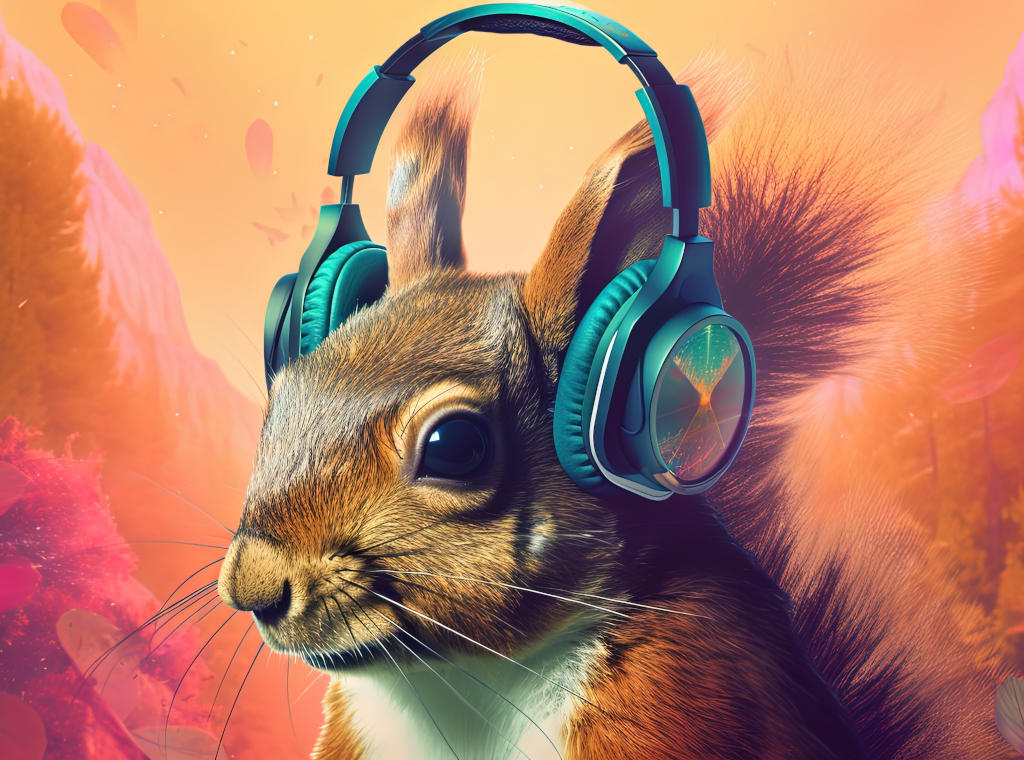
1. Consciousness Hacking And Flow State Psychology
Get a 1-hour training on the science of brainwave training and how to control your brain waves and balance your nervous system using methods like brainwave entrainment, music, meditations and nootropics.
2. Biohacking Dopamine
Get a second 1-hour training on natural ways to boost dopamine so you can improve focus, energy and mood while decreasing negative symptoms of ADHD or ADT, which is attention deficit traits such as distractibility, procrastination and overthinking.
Learn To Control Your Brain Waves And Nervous System
Flow State Training
One-Time Payment
Get lifetime access to everything in Flow State Training without any subscription fees.
- ✅ Relaxed Focus
- ✅ Creative Flow
- ✅ Liminal Dreaming
- ✅ Deep Rest
- ✅ Hyperfocus
What is brainwave entrainment?
Entrainment is the principle that the rhythms in the human brain reflect the rhythms in the world. For music this effect is known in the scientific literature as the frequency following effect.
Read this post to learn more about the science of brainwave entrainment.
How does this help me be more focused and productive?
States become traits. As you learn to shift your mental state out of distraction and overthinking into altered states of immersive focus and flow you'll find that focus becomes easier.
While brainwave entrainment is a shortcut, the flow state meditations and breathwork practices that more effectively help you change your brain.
How will this help with ADHD?
ADHD is largely considered caused by either a dopamine deficiency or needing more stimulation than neurotypical people to release dopamine.
Music is one of the best ways to release dopamine and you probably already use music to help with your focus and productivity.
Brainwave frequencies in the gamma and high beta range can be effective for improving distractibility as the most common form of ADHD (there are 7 different types) is observed by QEEG neurofeedback as an excess of daydreaming theta waves and a lack of beta waves.
Why the difference between the membership and lifetime access?
We recently launch a new online membership program to make some of our advanced trainings more accessible.
If you don't want to be part of the online community, you can get lifetime access (with regular updates) to the Flow State Music collection.
